On the 6th of August 1945, at 8:16am (Japan time), an American B-29 bomber let loose 'Little Boy.' The first atomic bomb to be used in warfare, Little Boy descended upon the Japanese city of Hiroshima and detonated with around thirteen kilotons of force. This is the equivalent of 13,000 tonnes of TNT. In an instant, tens of thousands of people were killed as a direct result of the blast. Many more would succumb to radiation sickness within the year.
As we know the attack on Hiroshima was followed, three days later on August 9th in the early hours of the morning, by a second attack: this time upon the city of Nagasaki. 'Fat Man' killed at least 40,000 people, a figure which would also climb as the year wore on.
I was lucky enough to visit Japan with some friends in 2016. We spent a few days in Hiroshima. We were eager and curious to visit the Hiroshima Peace Memorial Museum and see the flamboyant chains of 1000 paper cranes displayed in honour of Sadako Sasaki, sent in from around the world. Sadako Sasaki was a young Japanese girl living in Hiroshima at the time of the bombings, who died a few years later from consequential leukaemia. (Read more about Sadako Sasaki's poignant story)
Yet for me the most moving exhibition of the Hiroshima Peace Memorial was seeing the Atomic (Genbaku) Dome up close, so perfectly preserved in all its horror. Knowing what occurred there, and seeing the once beautiful structure in ruins serves as a powerful testament to the destructive power that humans are capable of. As our trip was in the middle of the Japanese winter, it soon began to snow. The snow fell into the exposed insides of the Genbaku Dome and the atmosphere was sad and eerie. If you head for Japan, make Hiroshima one of your stops. It is well worth a visit.
One Thousand Paper Cranes
The paper crane is probably the most recognisable piece of origami across the world. For something so exquisite, it is really not that difficult to make. Here is a video showing how to fold an origami crane.
Who knows, perhaps you (with some help, hopefully) might fold a thousand paper cranes in honour of Sadako Sasaki to send to the Children's Peace Monument in Japan, like students from Wairarapa College did earlier this year.
Books in our Collection
eResources
Research the atomic bombings of Hiroshima and Nagasaki through Christchurch City Libraries' collection of reference eResources. You may need to log in with your library card and PIN/password. Here are just a few ideas to start:
- Britannica Library Online Encyclopedia
- World Book Online Encyclopedia
- World Book Advanced - advanced reference information with links to further resources
- World Book Discover - information is aimed at reluctant readers, students with learning difficulties, adult literacy learners and ESOL students
- World Book Student - suitable for school aged children. Good for homework and research
- In Context Reference eResources - perfect for students and researchers looking for different perspectives and contextual information.
- Other Reference Resources
I found a fantastically informative article on World History in Context. What a great resource for a student writing a speech or an essay, or for anyone interested in the issues and the context:
Browse through the rest of our online encyclopedias, dictionaries and general resources.
Digital Images and Video Footage
The following image is from our local Christchurch resource Canterbury Stories. It is a memorial plaque to the victims of the atomic bomb attack on Hiroshima & Nagasaki by the United States, at the end of World War II. Inscriptions are in Japanese, Māori and English. The plaque can be found on the riverbank reserve, Cambridge Terrace, between Cashel and Hereford Streets.

Here is archival footage taken from the air, showing the Hiroshima bombing in action
And here is footage surveying damage from the aftermath of the bombing
Find more educational film resources on our eResource Access Video, including this two part BBC documentary on the Hiroshima disaster
Hiroshima: Part One, opens a new window
Hiroshima: Part Two, opens a new window
Web Resources
- Atomic Heritage Foundation - 'Bombings of Hiroshima and Nagasaki - 1945'
- United Nations Educational, Scientific and Cultural Organisation (UNESCO) - 'Hiroshima Peace Memorial (Genbaku Dome)'
- Time - 'After the Bomb: Survivors of the Atomic Blasts in Hiroshima and Nagasaki Share Their Stories'


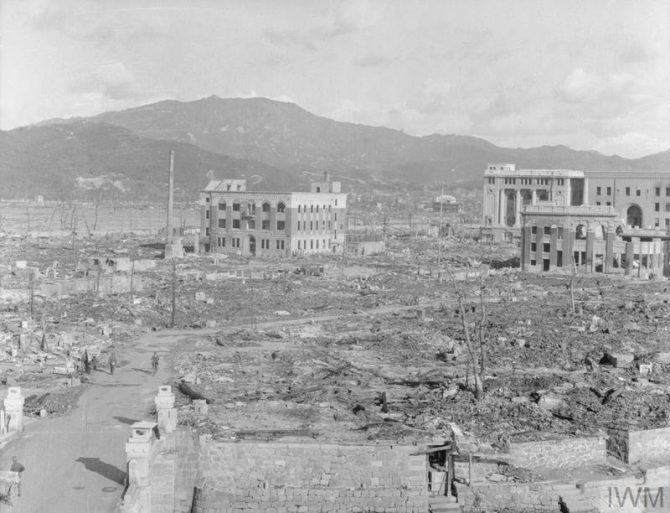
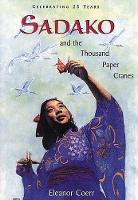

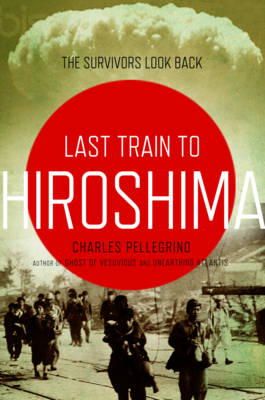
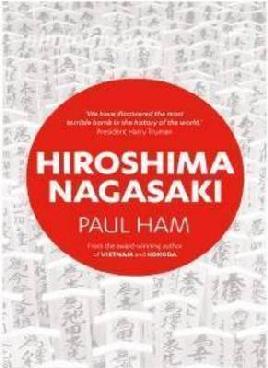
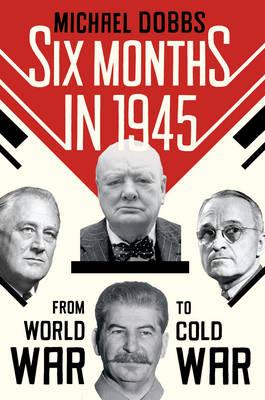
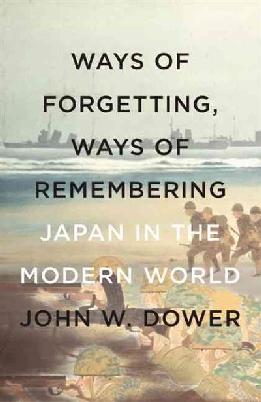

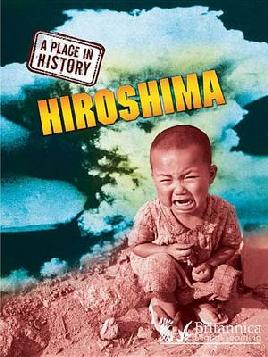
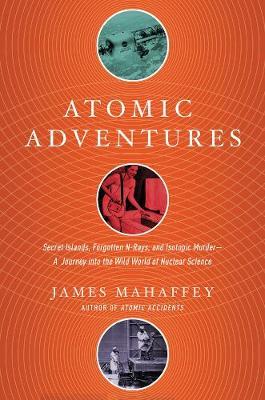
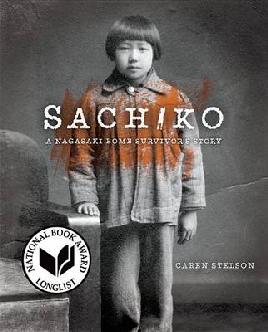
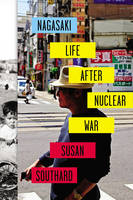
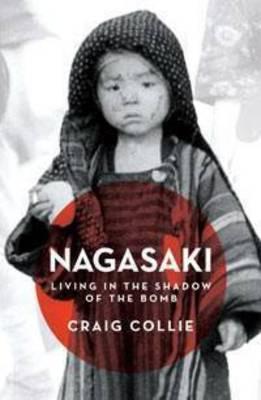
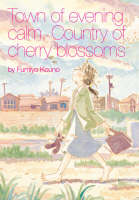
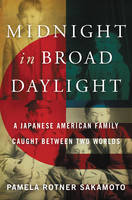
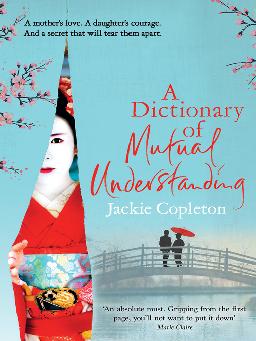
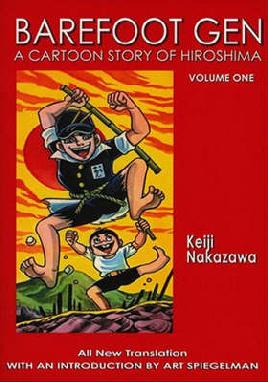



Add a comment to: Remembering Hiroshima and Nagasaki